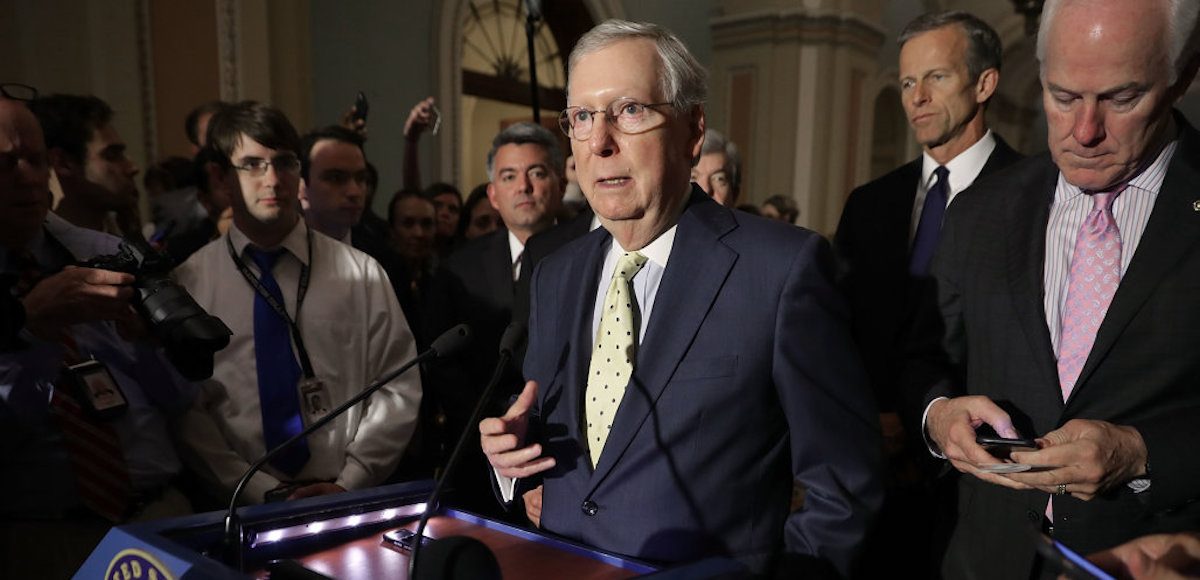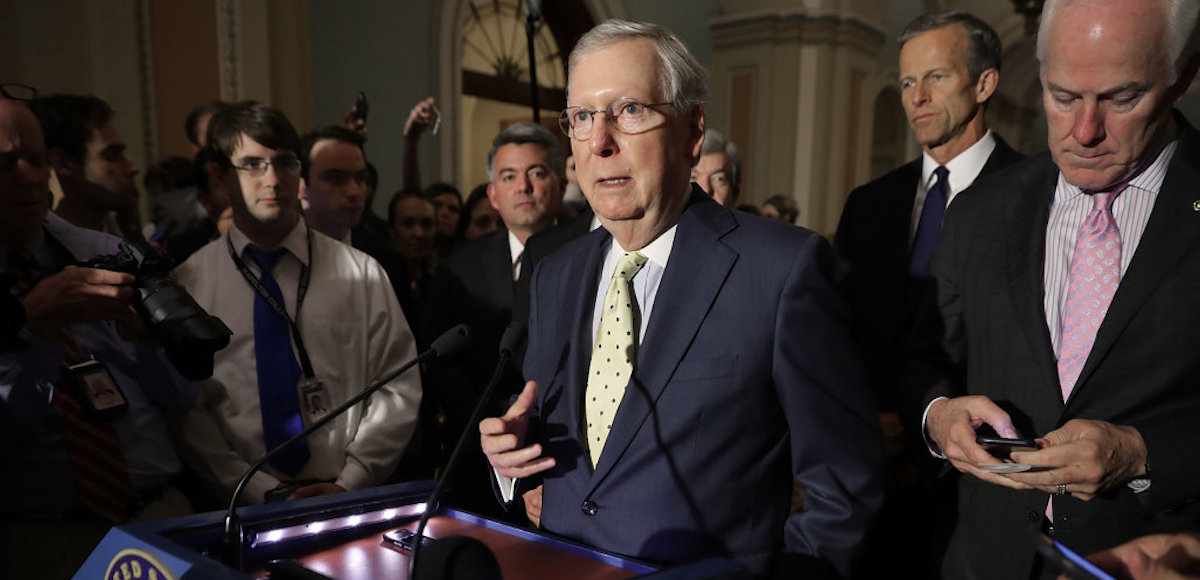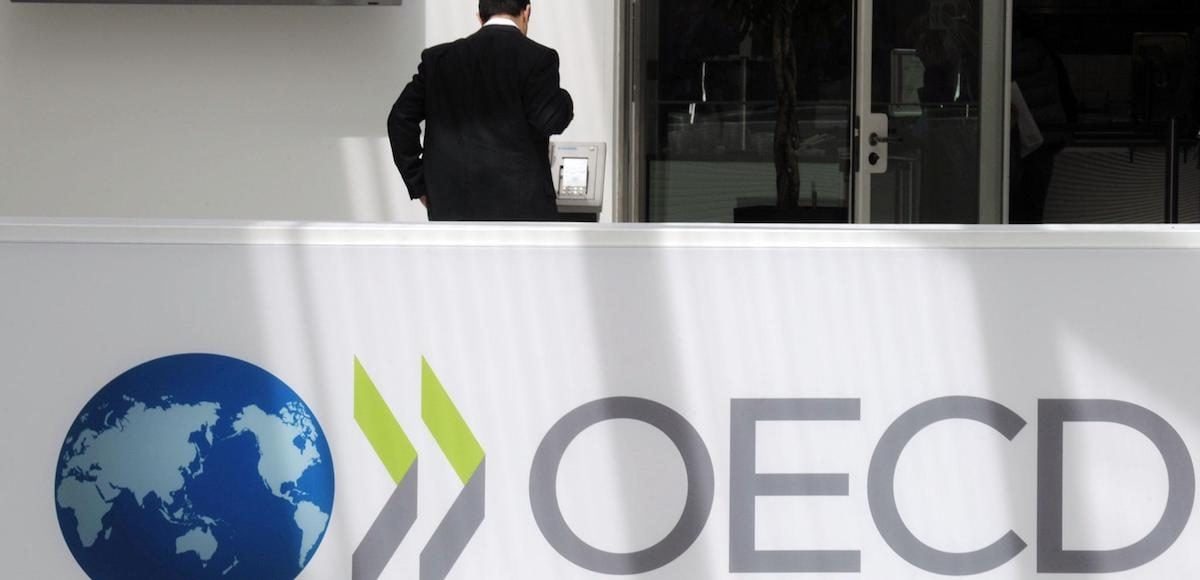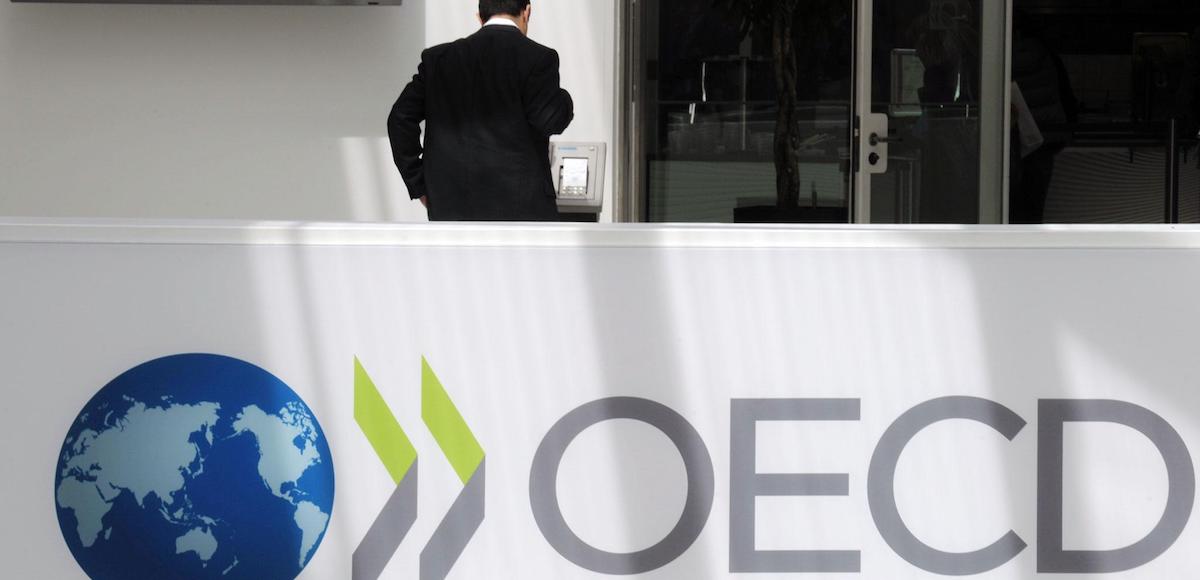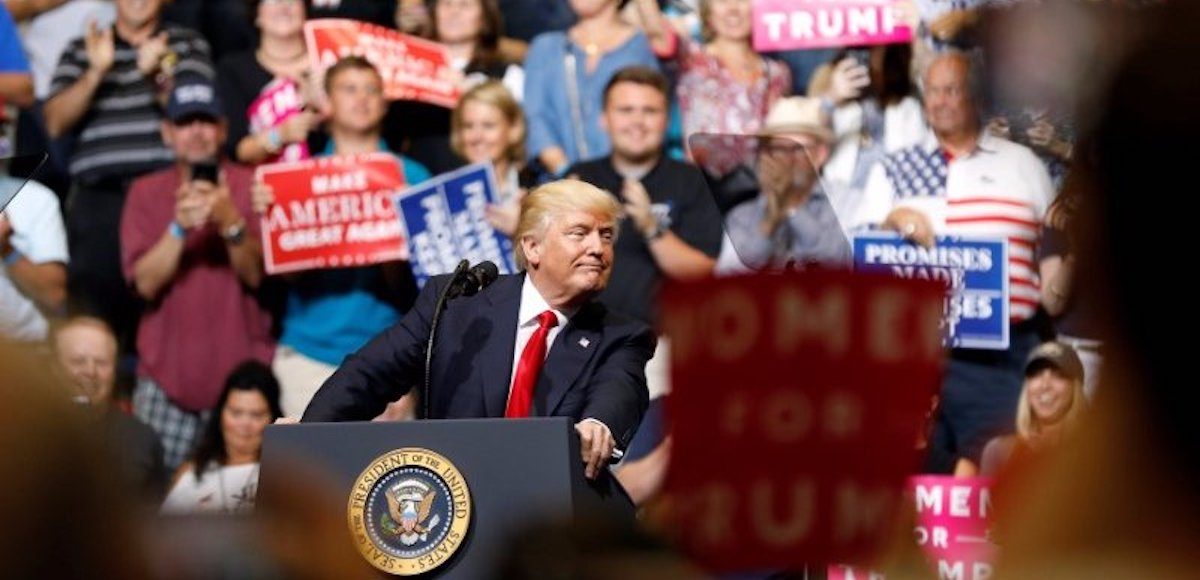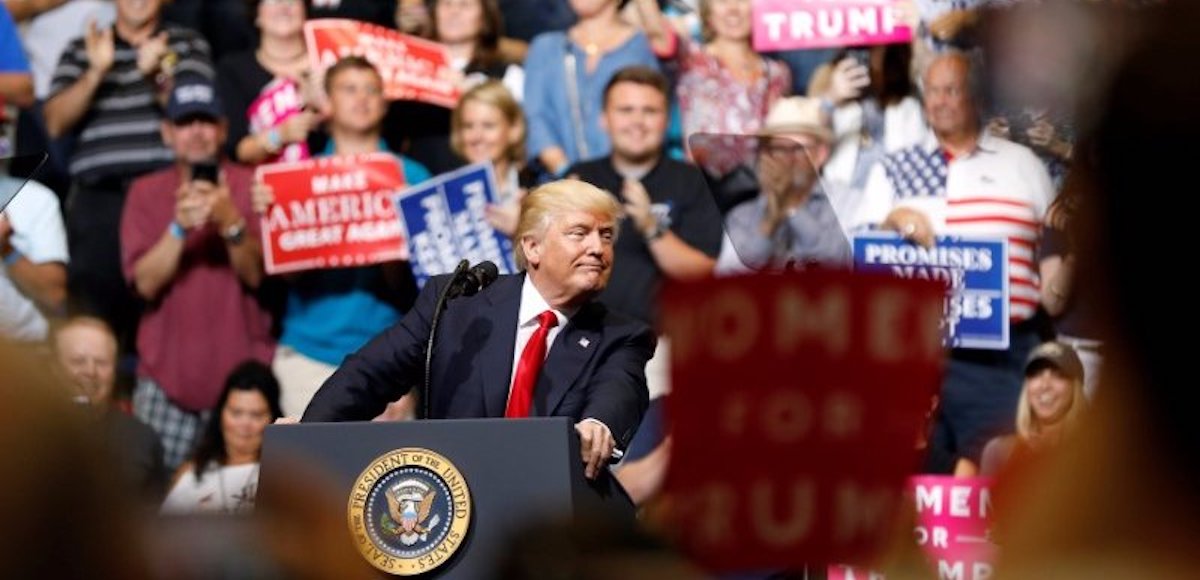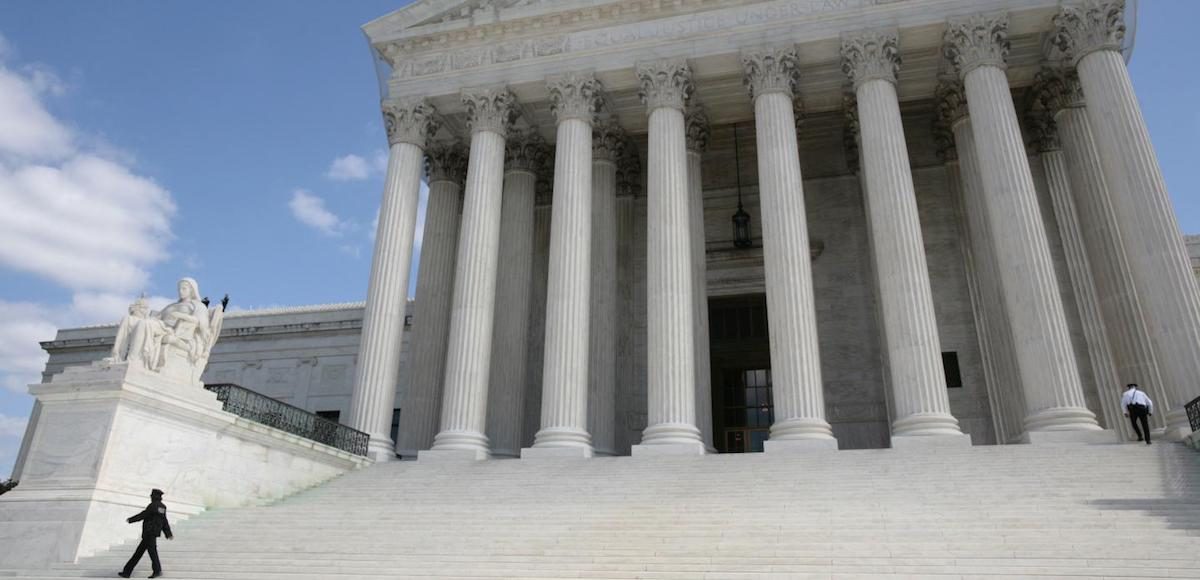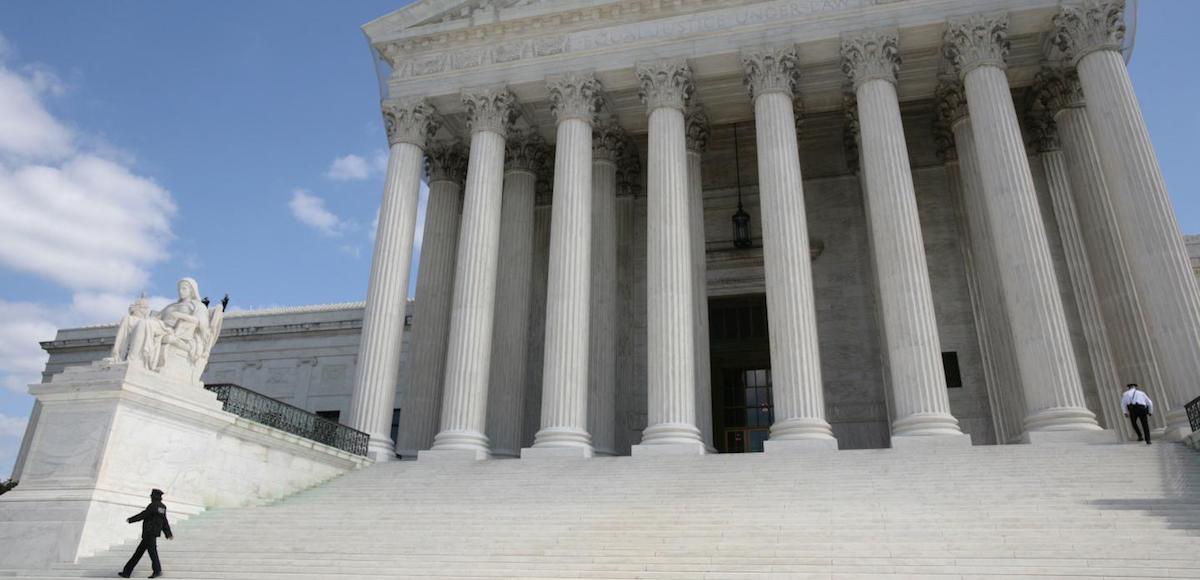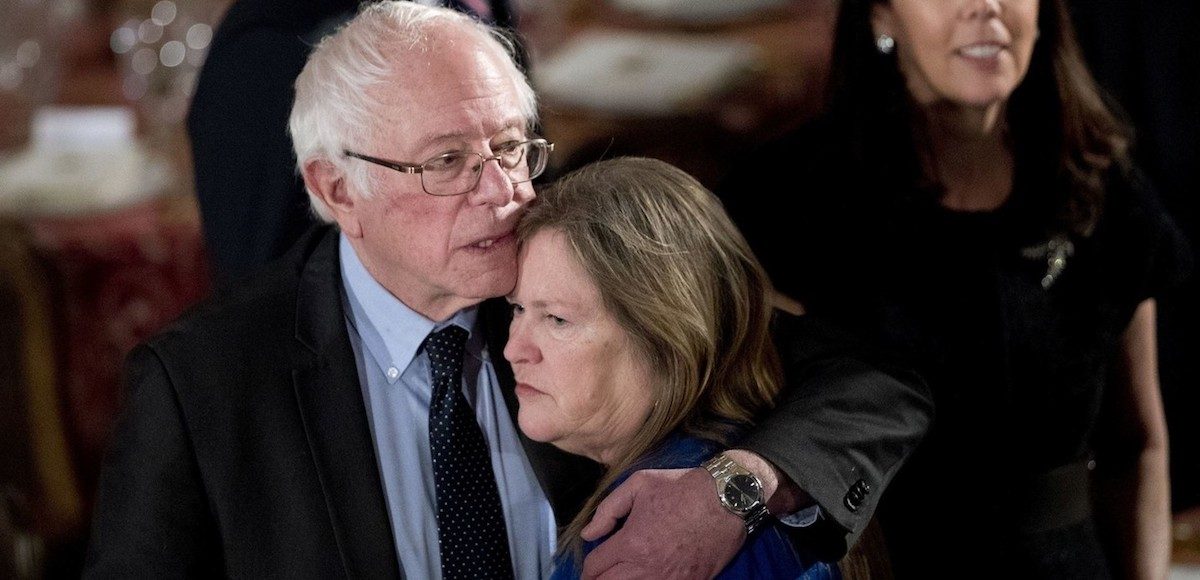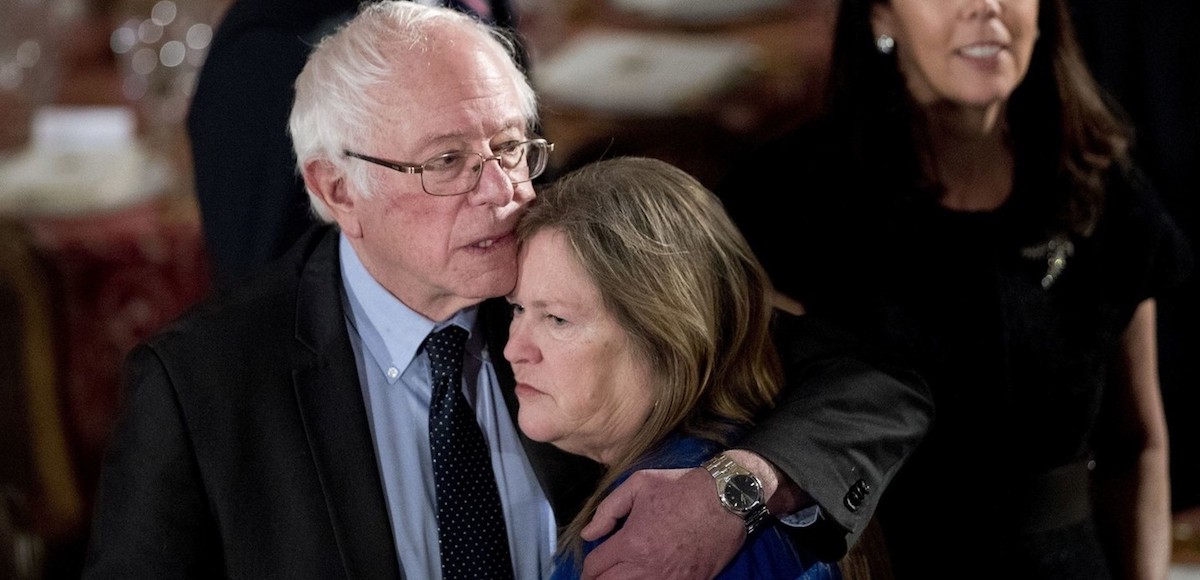S&P CoreLogic Case-Shiller Home Price Index (HPI) Misses Forecast

Homes are seen for sale in the northwest area of Portland, Oregon, in this file photo taken March 20, 2014. (Photo: Reuters)
S&P CoreLogic Case-Shiller Home Price Index (HPI) covering all 9 U.S. Census Bureau divisions showed home prices in April climbed only 0.3% and 5.7% on the year. While the rate of price increases missed the 0.6% median economic forecast, it still set records for a 5th consecutive month.
“As home prices continue rising faster than inflation, two questions are being asked: why? And, could this be a bubble?” says David M. Blitzer Managing Director and Chairman of the Index Committee at S&P Dow Jones Indices. “Since demand is exceeding supply and financing is available, there is nothing right now to keep prices from going up. The increase in real, or inflation-adjusted, home prices in the last three years shows that demand is rising.”
Seattle, Portland, and Dallas reported the highest year-over-year gains among the 20 cities. In April, Seattle led the way with a 12.9% year-over-year price increase, followed by Portland with 9.3%, and Dallas with an 8.4% increase. Seven cities reported greater price increases in the year ending April 2017 versus the year ending March 2017.
“At the same time, the supply of homes for sale has barely kept pace with demand and the inventory of new or existing homes for sale shrunk down to only a four month supply,” Mr. Blitzer also said. “Adding to price pressures, mortgage rates remain close to 4% and affordability is not a significant issue.”
San Fransisco down 0.6%, Boston down 0.7% and Cleveland down 1.0% all showed weakness.
“The question is not if home prices can climb without any limit; they can’t. Rather, will home price gains gently slow or will they crash and take the economy down with them? For the moment, conditions appear favorable for avoiding a crash. Housing starts are trending higher and rising prices may encourage some homeowners to sell. Moreover, mortgage default rates are low and household debt levels are manageable. Total mortgage debt outstanding is $14.4 trillion, about $400 billion below the record set in 2008. Any increase in mortgage interest rates would dampen demand. Household finances should be able to weather a fairly large price drop.”
S&P CoreLogic Case-Shiller Home Price Index (HPI)

